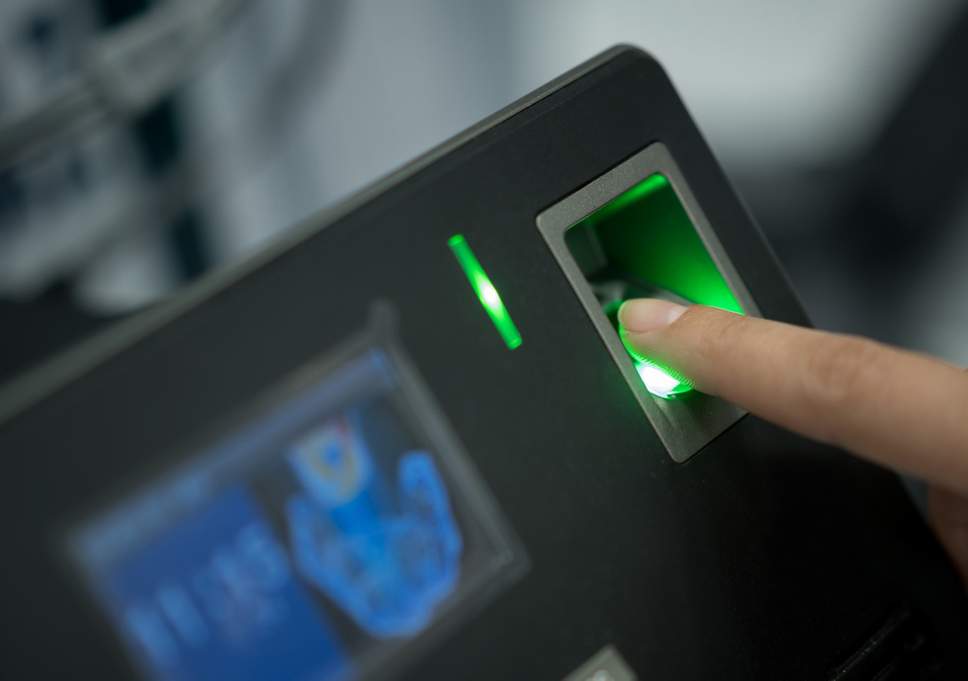MHA plans to link fingerprint, face recognition data from all police stations to central system
While the Unique Identification Authority of India (UIDAI) has said that Aadhaardata will not be used for criminal investigations, the Ministry of Home Affairs (MHA) is working on a proposal to scale up fingerprint collection across the country and link it to its ambitious Crime and Criminal Tracking Network System (CCTNS). The proposal also has provision for integrating face recognition system and iris scans with the CCTNS.
“The idea is that integration of fingerprint database, face recognition software and iris scans will massively boost the police department’s crime investigation capabilities. It will also help civilian verification when needed. No one will be able to get away with a fake ID,” said a home ministry official.
The UIDAI had recently issued a statement that under the Aadhaar law, its data could not be given to any criminal investigation agency. The authority was responding to a suggestion made by National Crime Records Bureau (NCRB) Director Ish Kumar that investigating agencies should be allowed to access the Aadhaar fingerprint data to identify criminals. NCRB is the nodal agency for implementation of CCTNS.
CCTNS is envisaged as a countrywide integrated database on crime incidents and criminals. It aims to connect all police stations across the country, with all their crime and criminal data, with a central database for real time access to information.
The first phase of CCTNS is nearing completion, with 14,500 of 15,500 police stations across the country being connected. Only Bihar, for various administrative reasons, is lagging behind, with close to 850 police stations yet to be linked to CCTNS.
As part of Phase II, the MHA is planning to integrate fingerprint database stored with Central Finger Print Bureau (CFPB), and use NIST Fingerprint Image Software (NFIS), a technology used by the Federal Bureau of Investigation (FBI), for matching fingerprints.
The CFPB currently uses Automated Fingerprint Identification System (AFIS), also called FACTS, for matching fingerprints. Sources said the technology is outdated and the FBI, which massively uses fingerprint data for criminal investigations, has long abandoned a similar technology.
The government is also working on scaling up data collection. While FBI has over four crore fingerprints in its database, the CFPB currently has a database of just over 10 lakh fingerprints. The MHA is working on scaling it up to 30 lakh by connecting data stored with state fingerprint bureaus. The plan is to store all data from crime scene investigations across the country. Annually, close to 50 lakh cases are registered. The National Informatics Centre is already working on a cloud for its integration, said a source.
In 2009, Indian Mujahideen’s operations chief Ahmed Zarar Siddibappa alias Yasin Bhatkal was arrested by the Kolkata police in a theft case. However, he was identified as “Bulla Malik”, based on fake identity documents, and released after a few days. He went on to engineer a series of blasts in Pune and Mumbai, until he was apprehended in Nepal in 2013. This has become a reminder of the importance of CCTNS and integration of fingerprint and face recognition database in criminal investigations.
The home ministry is planning to connect all police chowkis — which may run into over a lakh — across the country with the CCTNS. It also plans to connect the Railway Protection Force’s stations and their data, apart from the revenue police stations of Uttarakhand. The idea, sources said, is that although complaints registered at chowkis eventually reach the police station and are fed into its database, it takes a long time — particularly in hilly states — which defeats the purpose of CCTNS.
“The proposal also talks about connecting palmtops carried by police patrol teams for integration of spot panchnama with the CCTNS. It will greatly enhance real time access to crimes across the country for all police agencies,” said the MHA official.
He pointed out that while lakhs of motor vehicle offences are registered by the transport department across the country, there is no central database. Now, this too would be connected to the CCTNS. This would help in ascertaining the history of criminal offences that a vehicle is involved in. Courtesy Indian Express

